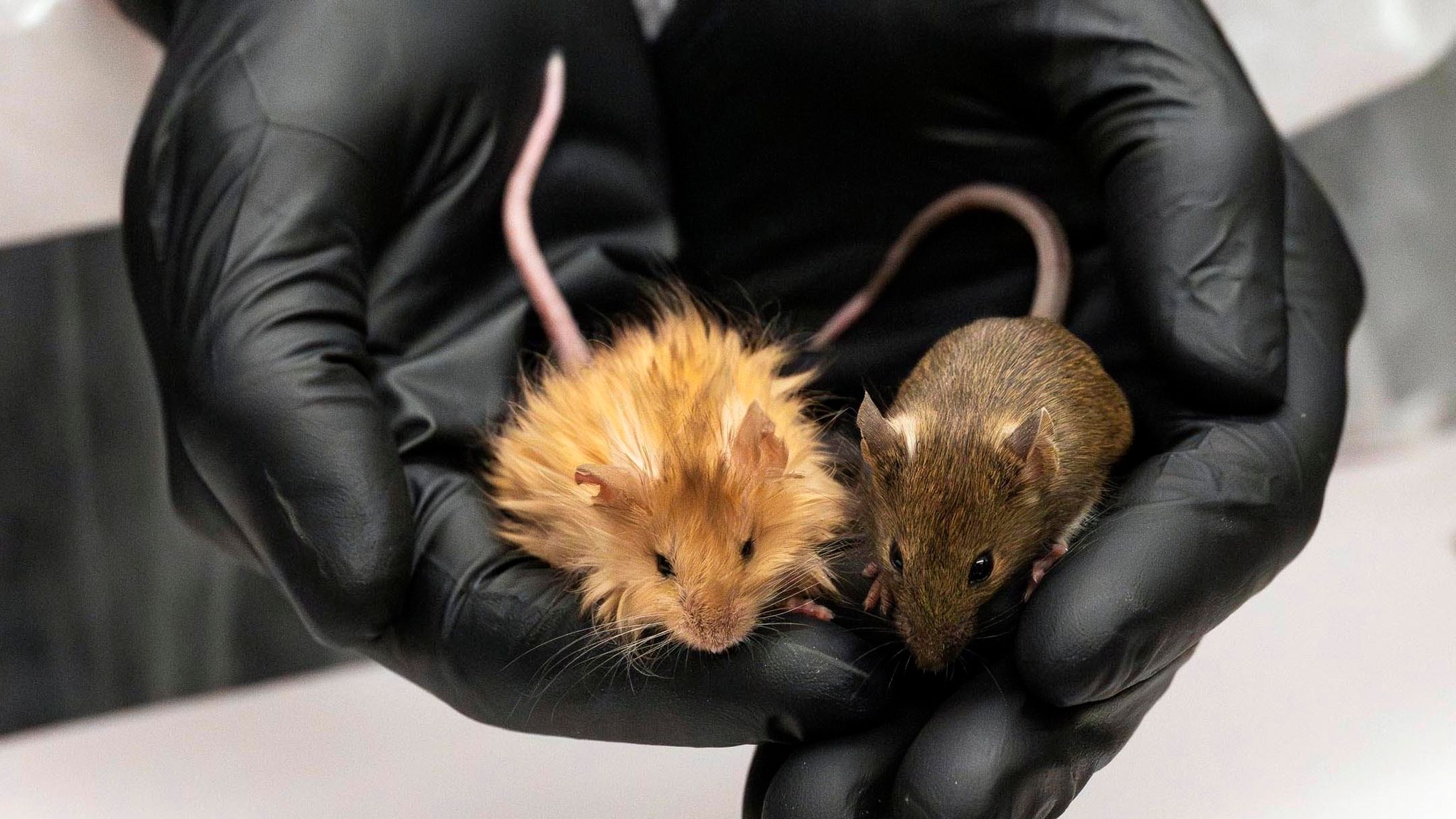[1] On 4 March 2025, the de-extinction company Colossal revealed its latest research: the Woolly Mouse. Unlike typical mice which have short, grey hair, this mouse has long, shaggy, tawny-toned hair, mimicking the hair of the Woolly Mammoth. To achieve this, the scientists used many gene-editing techniques to modify up to 7 different genes involved in lipid production, and hair type, both of which differ due to the Woolly Mammoth’s adaptations to surviving in the cold.

[3] Gene editing is the process of modifying DNA via deletion, addition or modification of different genes in different plants, bacteria and animals which can change their physical features like eye colour and disease risk. While the concept and techniques have been developed since the late 1900’s, recent developments of a tool called CRISPR/Cas9 have greatly advanced gene editing.
[2] Gene-editing research often takes place in animals as humans and animals share many genes. Mice are often used as they have a short gestation period of 20 and have well established methods for gene editing protocols, allowing rapid testing compared to other animals. While the findings in mice models are not fully translational to human genes or in this case to Woolly Mammoth genes, they can still be used for research and understanding the effect of different genes and different characteristics.
[3] The de-extinction of the Woolly Mammoth could have great effects on the Artic tundra and convert it back to grasslands seen in the ice age. This could then reduce CO2 released into the atmosphere. Other animals which played unique crucial roles in their habitat, like the passenger pigeon, could also have positive long-lasting effects if they were brought back. While true de-extinction involves different technologies, the use of genetic engineering may be able to create modern replica animals with desirable characteristics which could still bring positive environmental impact.

There are many arguments for not using gene editing for de-extinction. If we use small creatures like rats, then it is possible to lose track of them and they could infiltrate other ecosystems. It also raises ethical issues as even if we could bring back these species are people and people in power ready for this? There is no guarantee that once people can bring back a Woolly Mammoth that people wouldn’t monopolise the discovery and create zoos filled with de-extinct creatures or bring back other species purely for monetary gains. Therefore, new laws will need to be put in place to regulate the ethical use of gene editing for de-extinction. If this technology develops it could also lead to a wider acceptance of gene editing and the use of gene editing in humans which comes with another set of arguments.
Overall, the arrival of the Woolly Mouse highlights the innovative research continuing to be done in the field of gene editing. While the mouse is adorable, it highlights the potential ethical issues around gene editing and could start discussions around introducing laws to regulate the use of gene editing for de-extinction, to prevent a real-life Jurassic Park situation.
References:
[1] E. Callaway, “Meet the ‘woolly mouse’: why scientists doubt it’s a big step towards recreating mammoths,” Nature.com, Mar. 2025, doi: https://doi.org/10.1038/d41586-025-00684-1.
[2] R. Chen et al., “Multiplex-edited mice recapitulate woolly mammoth hair phenotypes,” bioRxiv (Cold Spring Harbor Laboratory), Mar. 2025, doi: https://doi.org/10.1101/2025.03.03.641227.
[3] D. Shultz, “Should we bring extinct species back from the dead?,” www.science.org, Sep. 26, 2016. https://www.science.org/content/article/should-we-bring-extinct-species-back-dead